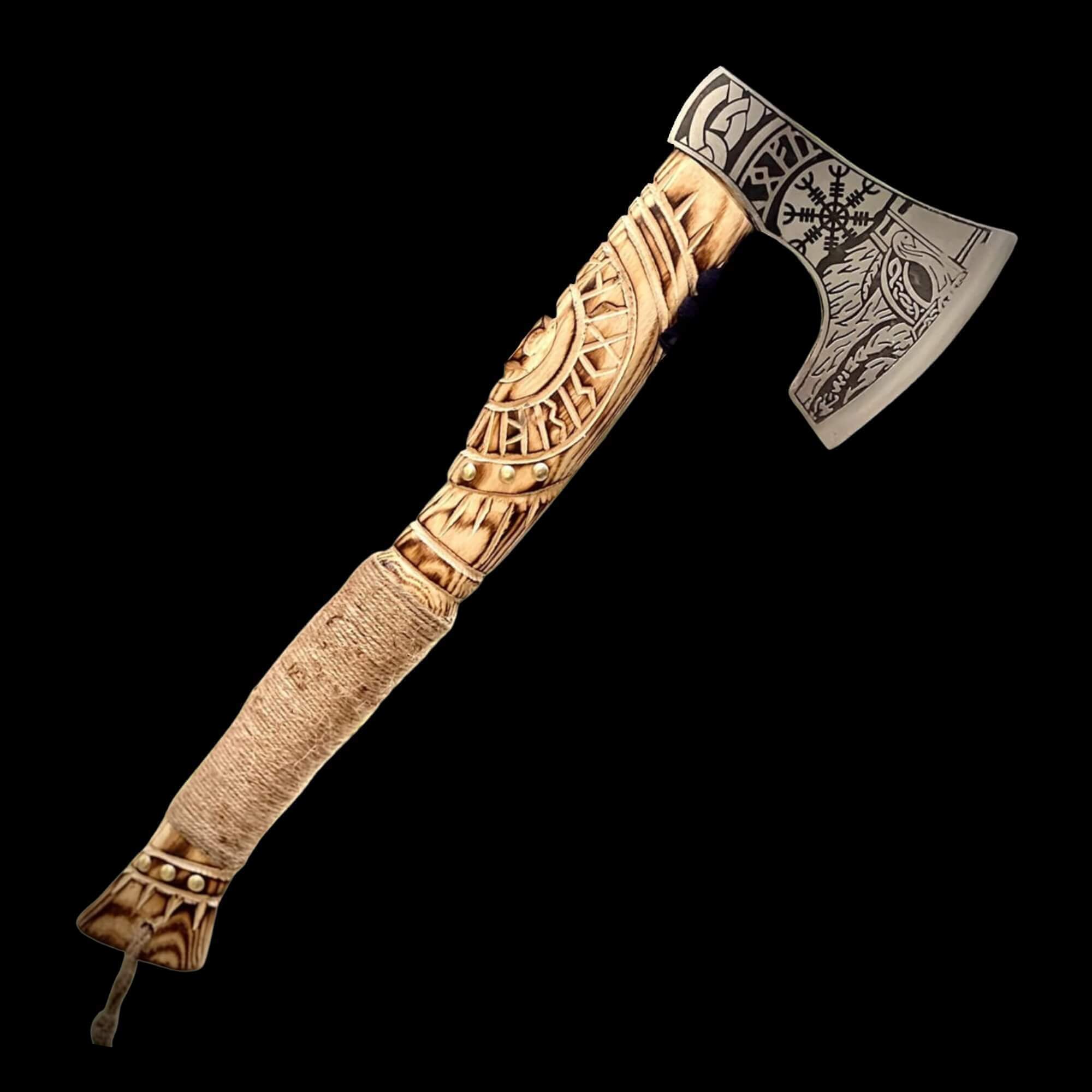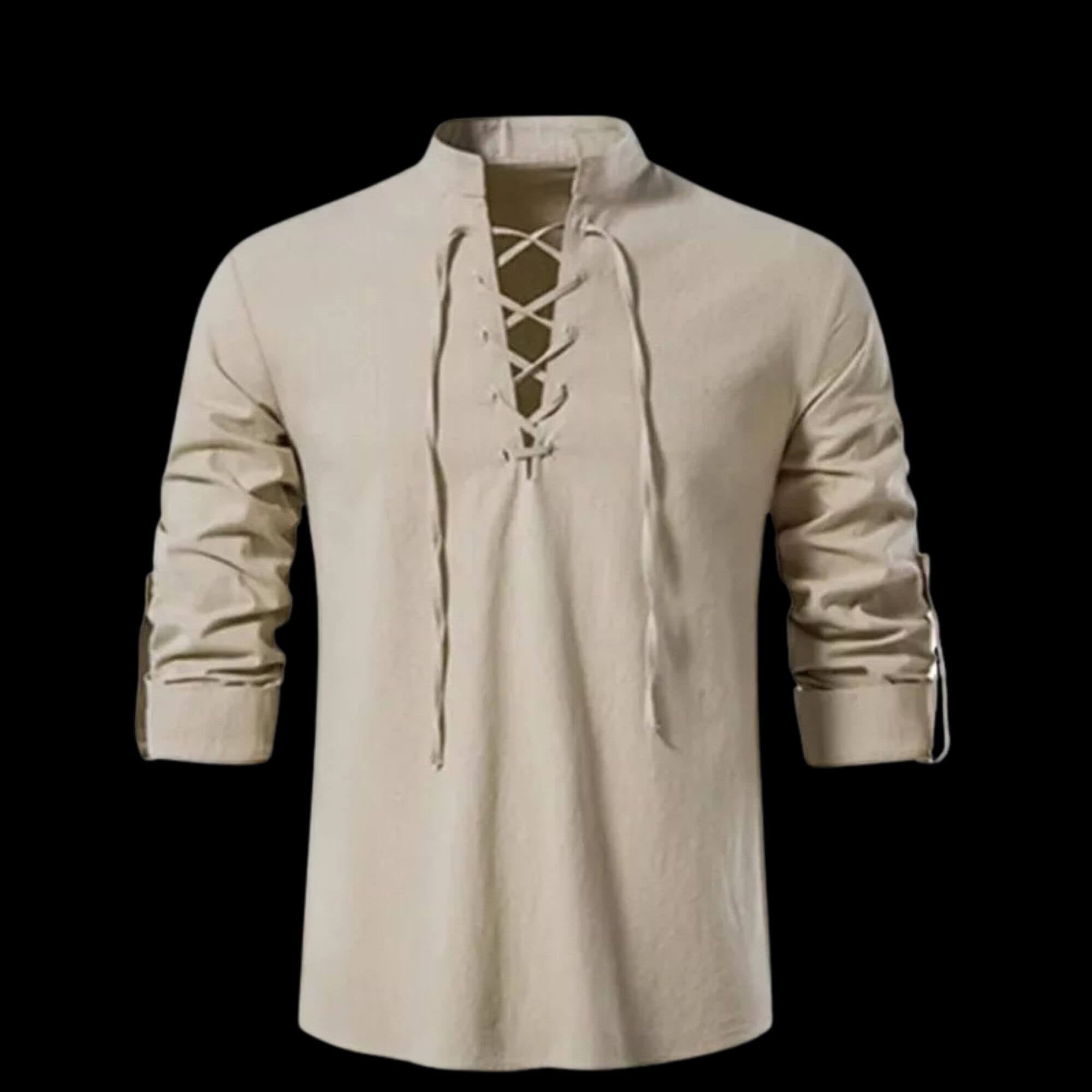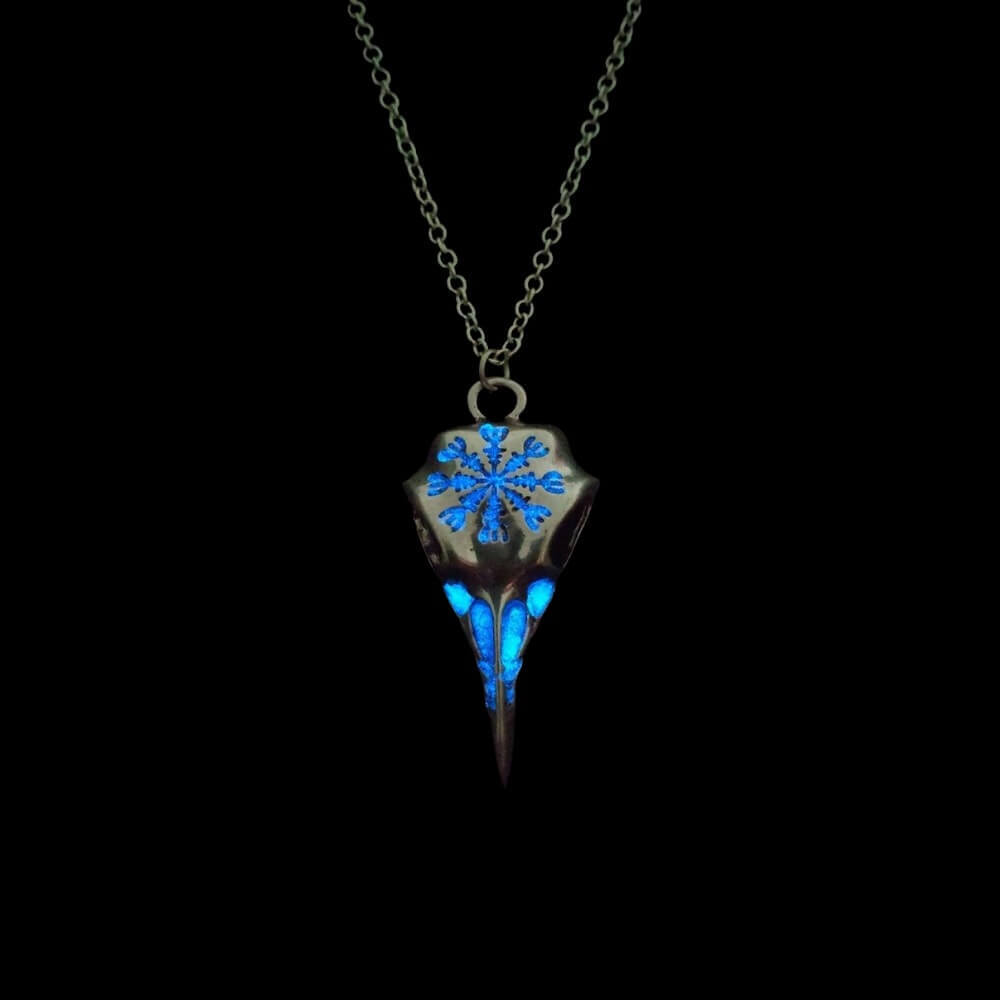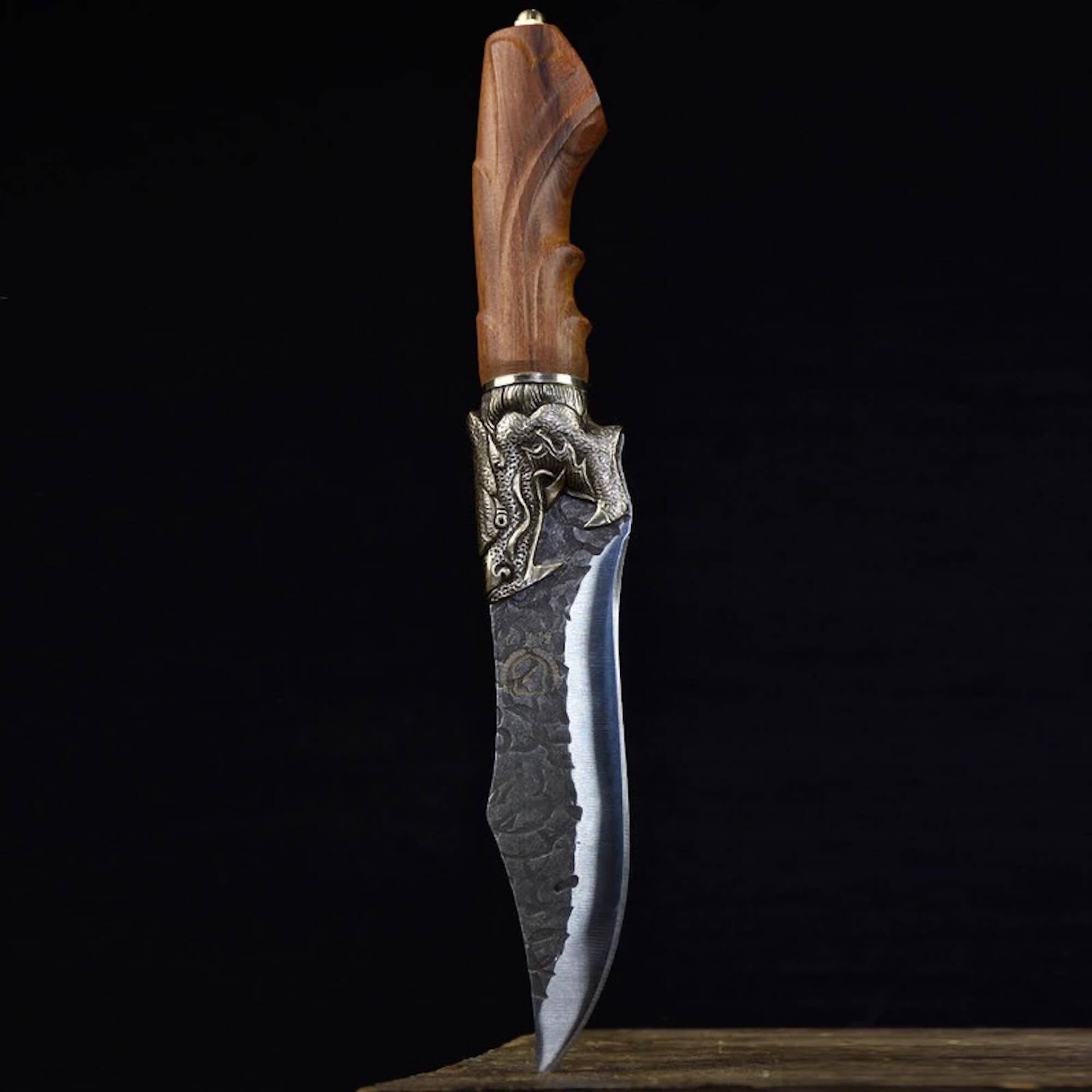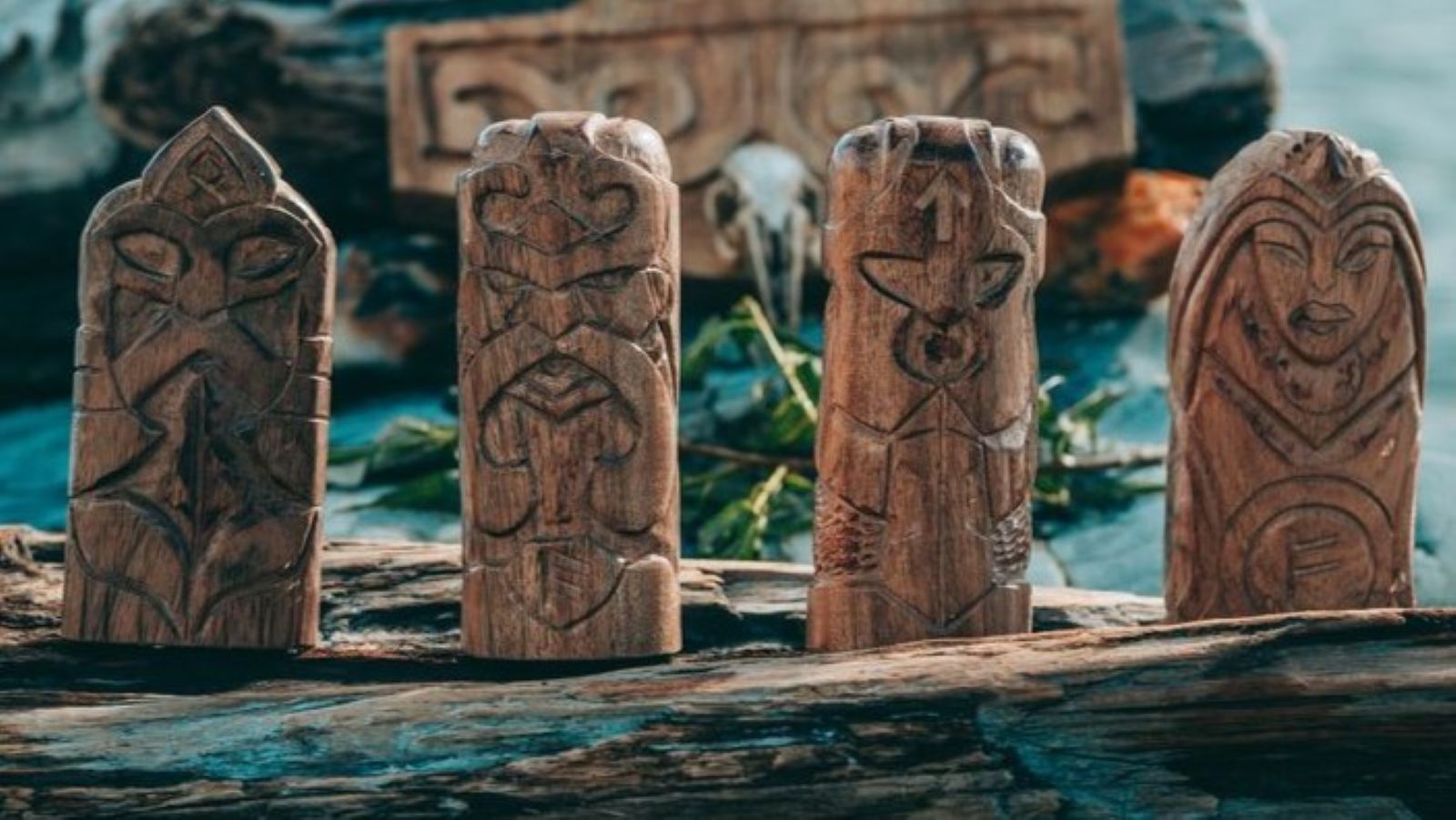
Unraveling the Intricacies: Exploring the Family Tree of Norse Gods
At the heart of Norse culture lies a rich tapestry of myths and legends, woven together by the relationships between gods, giants, and otherworldly beings. This divine family tree not only maps the lineage of the gods but also reflects the interconnectedness of creation, destruction, and renewal within the Norse cosmos. From the primordial chaos of Ginnungagap to the majestic halls of Asgard, every figure plays a vital role in this eternal drama.
The Progenitors: Seeds of Creation in the Void
Before the gods or giants walked the Nine Worlds, there was Ginnungagap , the yawning void where fire and ice converged to spark life. Here emerged two primordial beings:
- Ymir , the first giant, whose body became the foundation of the world. His sweat gave rise to the frost giants, embodying primal chaos.
- Audhumla , the cosmic cow, who nourished Ymir with her milk while licking the salty rime to reveal Buri , the first of the gods.
Buri’s descendants would go on to shape the cosmos, creating order out of Ymir’s chaotic essence. This interplay between creation and destruction set the stage for the intricate web of relationships that define Norse mythology.
The Aesir: Guardians of Order and War
The Aesir , led by Odin , are the primary pantheon associated with war, wisdom, and governance. Residing in Asgard , they oversee the balance of power among the realms.
Odin: The Allfather and Architect of Destiny
Odin, the wise and enigmatic ruler of the Aesir, sacrificed an eye and hung himself from Yggdrasil to gain knowledge of the runes. Alongside his brothers Vili and Ve , he shaped the world from Ymir’s remains. Known as the god of poetry, magic, and battle strategy, Odin embodies the duality of wisdom and sacrifice.
Thor: Protector of Mankind
Odin’s son Thor , wielder of the mighty hammer Mjölnir , is the thunder god tasked with defending Asgard and Midgard from threats. Revered for his strength and loyalty, Thor represents protection, fertility, and the cyclical nature of storms.
Balder: The Beloved God of Light
Balder, Odin’s radiant son, symbolizes purity, beauty, and innocence. His tragic death at the hands of Loki sets off a chain reaction leading to Ragnarök , underscoring the fragility of peace and the inevitability of fate.
Other Key Figures Among the Aesir
- Tyr : The one-handed god of justice and honor, whose bravery allowed Fenrir to be bound.
- Heimdall : Watchman of the gods, guarding the rainbow bridge Bifrost and destined to sound the horn Gjallarhorn during Ragnarök.
- Bragi : The eloquent god of poetry, inspiring bards and storytellers across the ages.
Together, the Aesir uphold the principles of order and courage, striving to maintain harmony despite the looming specter of chaos.
The Vanir: Masters of Nature and Fertility
In contrast to the martial Aesir, the Vanir embody the natural rhythms of life, fertility, and prosperity. Their domain, Vanaheim , reflects their deep connection to the earth and its cycles.
Njord: Ruler of Seas and Winds
As the god of seafaring and trade, Njord governs the oceans and ensures safe voyages for sailors. Though he resides in Asgard after a truce between the Aesir and Vanir, his roots remain tied to Vanaheim’s fertile lands.
Freyr and Freyja: Embodiments of Abundance and Love
- Freyr , Njord’s son, presides over fertility, harvests, and peace. Associated with sunlight and fair weather, he wields the magical ship Skíðblaðnir and the golden boar Gullinbursti .
- Freyja , his twin sister, is a goddess of love, beauty, and sorcery. She rides a chariot pulled by cats and claims half of fallen warriors for her hall, Fólkvangr , showcasing her dual role as both nurturer and warrior.
The Vanir’s emphasis on growth and renewal highlights their importance in sustaining life, offering a counterbalance to the Aesir’s focus on conflict and order.
The Giants: Forces of Chaos and Renewal
Residing in Jotunheim , the giants represent untamed wilderness and primal forces. Far from mere antagonists, they are essential to the cosmic balance, often challenging the gods and driving the narrative forward.
Loki: The Trickster Bound by Fate
Among the giants, Loki stands apart as a complex figure straddling both worlds. Adopted by Odin, Loki alternates between aiding and betraying the gods, ultimately orchestrating events leading to Ragnarök. His children—Fenrir , Jörmungandr , and Hel —further blur the lines between ally and adversary, each playing pivotal roles in the end times.
Other notable giants include:
- Thrym , who stole Thor’s hammer and demanded Freyja as ransom.
- Surtr , the fire giant destined to engulf the world in flames during Ragnarök.
Though feared, the giants remind us that destruction paves the way for renewal—a cornerstone of Norse philosophy.
Interconnected Realms: Threads of Fate Woven Together
The Norse cosmos is divided into Nine Worlds , linked by the branches of Yggdrasil , the World Tree. Each realm contributes to the grand design:
- Asgard : Home to the Aesir gods.
- Vanaheim : Domain of the Vanir gods.
- Jotunheim : Land of the giants.
- Midgard : The human realm, protected by Thor.
- Helheim : Realm of the dead ruled by Hel.
- Niflheim and Muspelheim : Primal realms of ice and fire.
- Alfheim and Svartalfheim : Homes of light elves and dwarves, respectively.
These realms highlight the diversity of existence, with each group—from gods to mortals—playing a part in the ongoing saga of creation and destruction.
The family tree of Norse gods serves as more than a genealogical chart—it reflects the dynamic interplay of order and chaos, fate and free will. Through their stories, we glimpse universal truths about the human condition: the struggle for balance, the inevitability of change, and the resilience required to endure.
From Odin’s pursuit of wisdom to Freyja’s embrace of love and war, these deities continue to inspire modern audiences, reminding us of our shared heritage and the timeless themes that bind us all. By exploring their intricate relationships, we gain deeper insight into the profound complexity of Norse mythology—and the indomitable spirit of those who believed in it.

